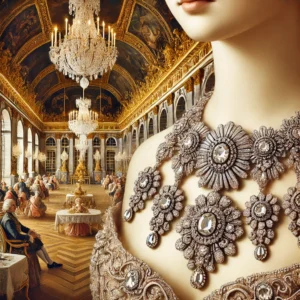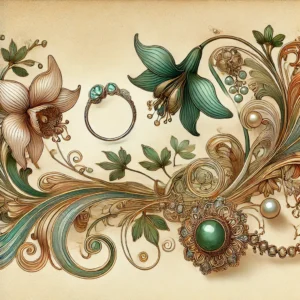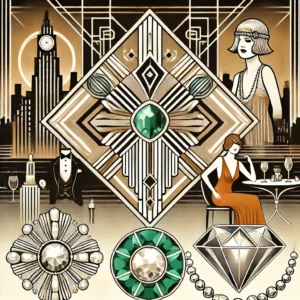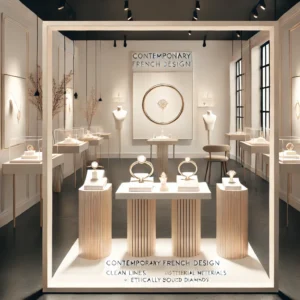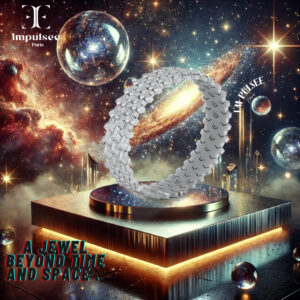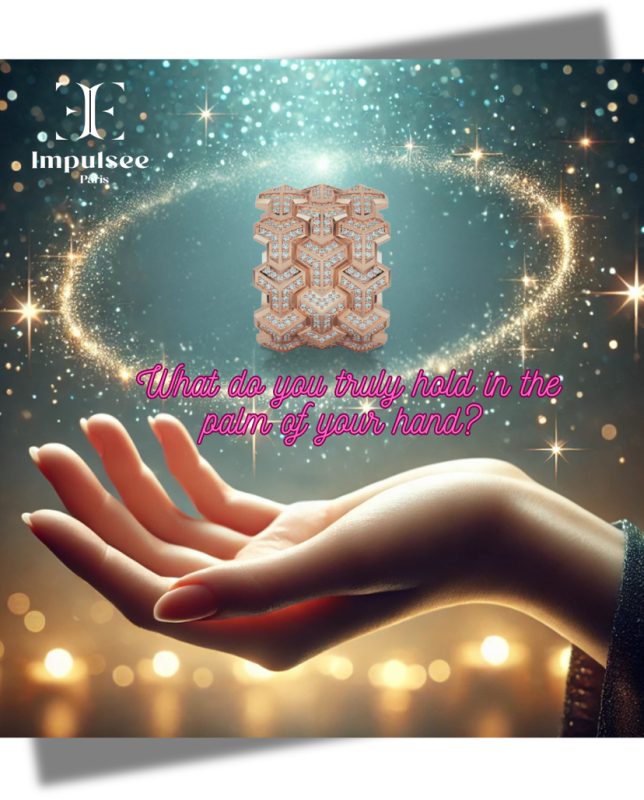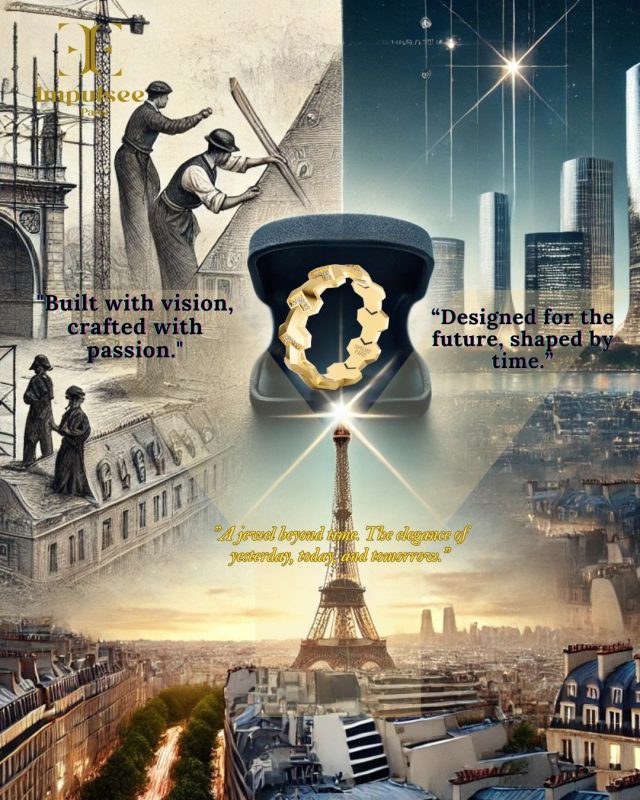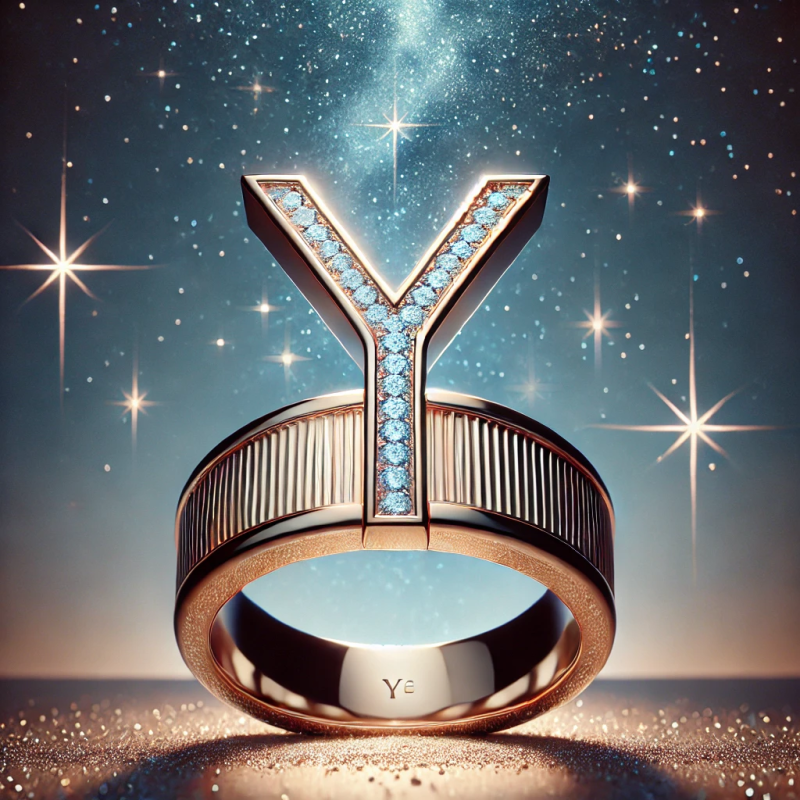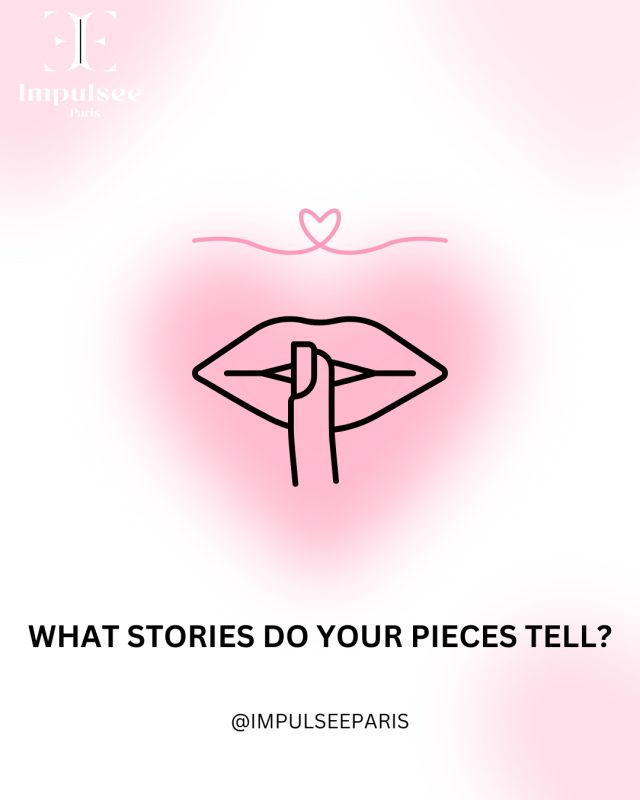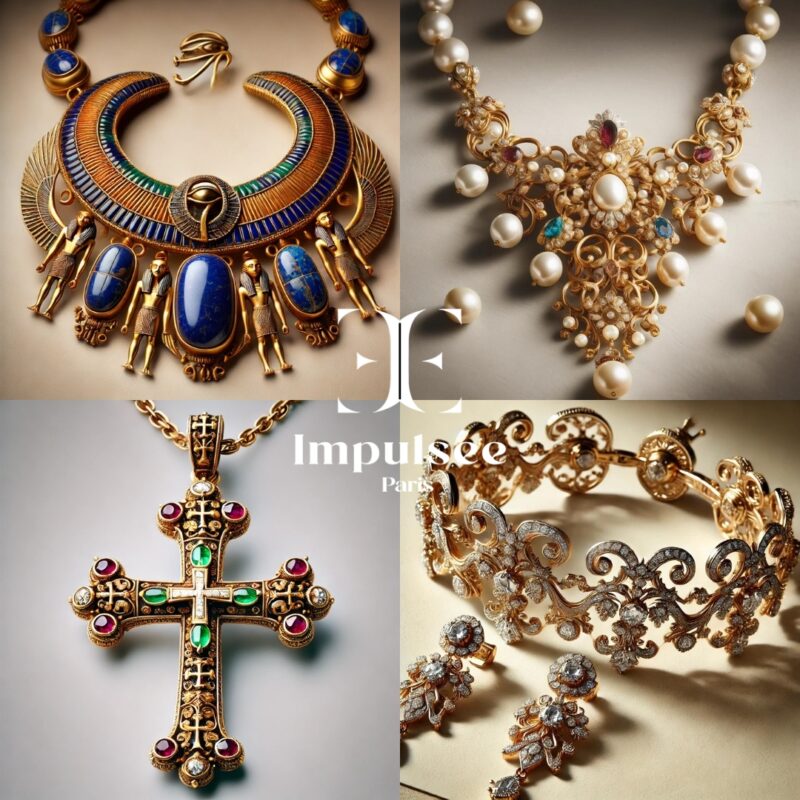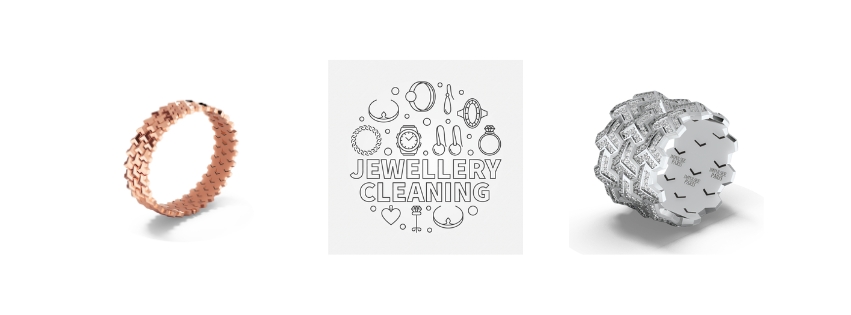Blog
The History of French Jewelry: A Legacy of Elegance and Innovation

For centuries, France has established itself as an essential reference in the world of jewelry. Combining exceptional artisanal craftsmanship with bold artistic vision, French jewelry embodies both timeless elegance and the innovation that defines the nation. Let’s take a closer look at this fascinating history that continues to inspire today’s creators.
The Origins: From Symbolic Ornaments to the Art of Adornment
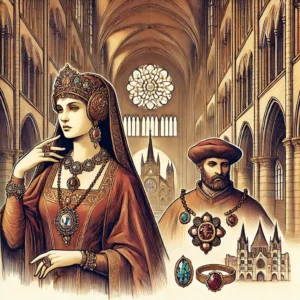
However, it was during the Renaissance that French jewelry began to shine on the European stage. Italian influence, particularly from the Medici family, introduced new techniques and a refined aesthetic. The French court became a center of creation, where jewelry reflected both the monarchy’s prestige and the artistic boom of the era.
The Golden Age of French Jewelry: The Court of Louis XIV
Under the reign of Louis XIV, jewelry reached its pinnacle of splendor. The Sun King made Versailles the heart of luxury and the arts in Europe. French artisans competed in talent to create exceptional pieces, often adorned with diamonds, which at the time became the ultimate symbol of wealth.
This period also marked France’s emergence as a leader in gemstone cutting and trading. The Crown Jewels of France, some of which are now displayed in the Louvre, illustrate the mastery of French jewelers.
The 19th Century: The Influence of Art Nouveau
The late 19th century ushered in a revolution in French jewelry with the rise of the Art Nouveau movement. Inspired by nature, this artistic style favored fluid lines, organic motifs, and innovative materials such as enamel.
Iconic jewelry houses like Lalique and Boucheron redefined conventions by creating pieces that were as much works of art as they were accessories. This era highlighted the bold and visionary character of French creation.
The Radiance of Art Deco in the 1920s
With Art Deco, French jewelry entered a new era of sophistication. Geometric lines, combinations of precious materials, and inspiration from global cultures—such as ancient Egypt and the Far East—redefined trends.
Houses like Cartier, Van Cleef & Arpels, and Chaumet became international icons, symbolizing French luxury. Technical innovations, such as the “Mystery Setting” by Van Cleef & Arpels, demonstrated the blend of craftsmanship and engineering.
French Jewelry Today: Balancing Tradition and Modernity
In the 21st century, French jewelry continues to shine by striking a balance between tradition and innovation. Historic houses coexist with contemporary designers who explore new materials and adopt eco-responsible practices. Sustainable diamonds and recycled gold have become standards to meet the expectations of environmentally conscious clientele.
At Impulsee Paris, we embrace this legacy by offering jewelry that combines artisanal expertise with a contemporary vision. Our collections, such as YCONIQUE, honor French tradition while committing to sustainable luxury. Each piece is designed to meet the desires of fine jewelry enthusiasts, delivering both a unique and ethical experience.
Conclusion: A Living Legacy Through Impulsee Paris
The history of French jewelry is that of an art form in constant evolution, adapting to the tastes and expectations of each era while remaining true to its essence: elegance. At Impulsee Paris, we are proud to carry on this tradition by redefining the codes of luxury for future generations. Our jewelry tells a story—one of French craftsmanship serving a modern and sustainable world.
By choosing our creations, you are doing more than acquiring a piece of jewelry. You are becoming a custodian of a timeless story, where elegance and commitment come together to elevate every moment.
